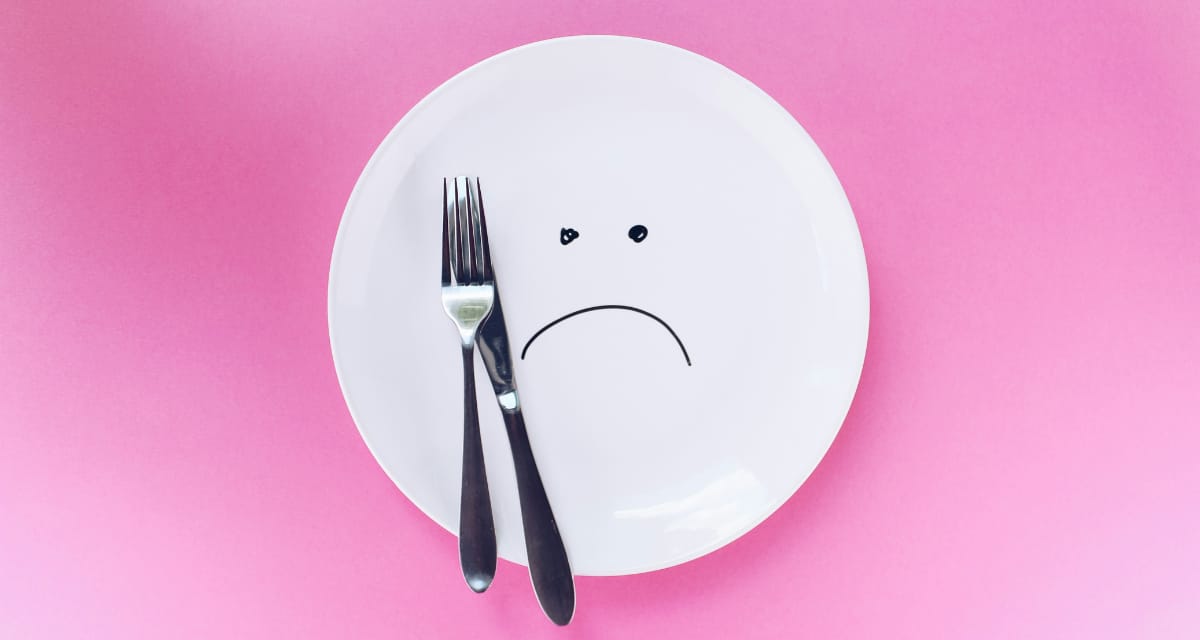PARTNERSHIPS | COMMUNITY | PODCAST | FRIENDS
American Portions Are Shrinking

Perhaps some sadness for dinner?
Thanks to various factors, Americans are putting less food on the table.
The Big Picture: Inflation, wealth inequality, an aging population, and GLP-1 drugs may all be contributing to a general decrease in portion size in restaurants and grocery stores. That may satisfy a need or desire for some people, but it also gives everyone else less bang for their buck — ultimately making life less satisfying for a growing number of American households.
Between the Aisles: While pandemic-era “shrinkflation” may have slowed, portions continue to get smaller.
Many brands, including Coca-Cola, Pepsi, Utz, and Mondelēz, are developing smaller containers and cans than ever before. According to a 2025 CivicScience survey, over half of Americans are noticing the change.
These shrinking portions might have to do with the fact that more than 50% of Americans also plan to cut their grocery spending due to tighter budgets, per a survey by Big Chalk Analytics.
America’s aging boomer population may also partially explain portion reduction, since people eat less as they age.
Yet another reason might be GLP-1 drugs like Ozempic, which 10% of Americans are taking and which make people less interested in food.
At the Checkout: People generally understand that buying in bulk offers the best value for their money, but it requires a larger upfront outlay. Many lower-income Americans simply can’t afford to shop this way, even though it would save them money in the long run.
The Breadcrumb Trail: Since smaller packages increase suppliers’ profit margins, don’t be surprised when shoppers start to feel scammed by the change and defect to cheaper, generic alternatives.
PARTNERSHIPS | COMMUNITY | PODCAST | FRIENDS
Today’s email was written by Luke Perrotta.
Edited by Nick Comney. Polled and Copy-edited by Kait Cunniff.
Published by Darline Salazar.

